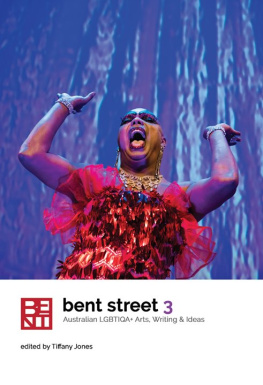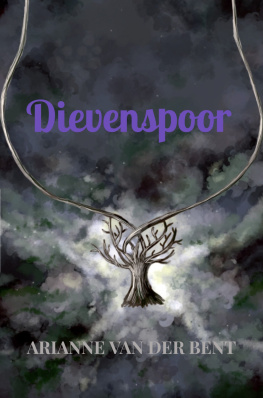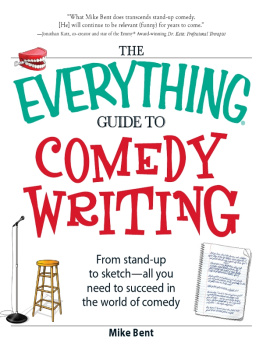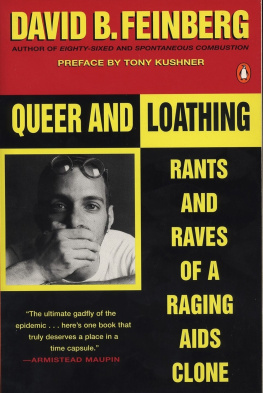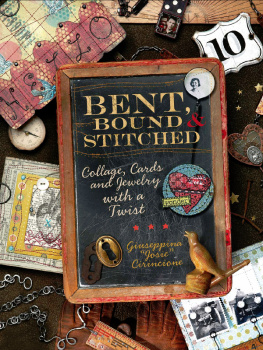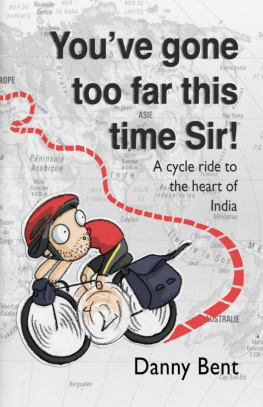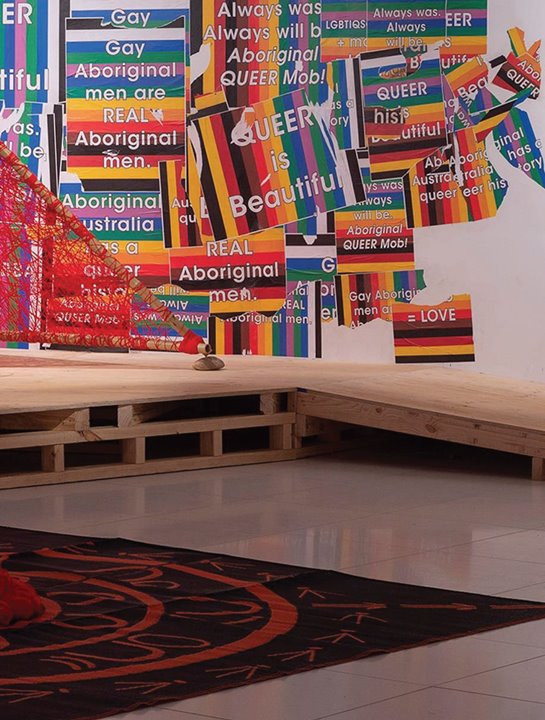
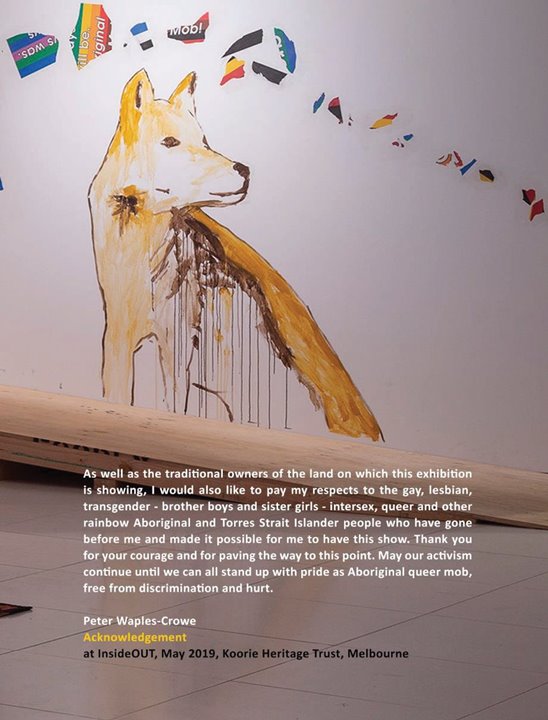
2019. Copyright on the contents of Bent Street remains with individual contributors.
Bent Street is published by Clouds of Magellan Press, Melbourne,
www.cloudsofmagellanpress.net.
cloudsofmagellanpress@gmail.com
Bent Street welcomes contributions at any time. Visit bentstreet.net for submission details.
ISBN: (paperback) 978-0-6484604-8-0
ISBN: (ebook) 978-06487469-7-3
Editor: Tiffany Jones
Contributing editors: Ashley Sievwright, Gordon Thompson, Jodie Hare (UK)
Logo: Andrew Liu
Design: Gordon Thompson
Publication and distribution, Lightning Source, through eBook Alchemyebookalchemy.com
Cover: Jamie James | Nova Gina, Black Nulla, Koori Gras, Carriageworks 2019.
Back Cover: Jamie James | Workshop wall, development week, Koori Gras, Carriageworks 2019.
Section break images: Gordon Thompson | Colorado snow; Alcatraz kitchenthe knives are out; Bent St; Venice Beach carpark; Motel sign, Utah.
contents
Peter Waples-Crowe
Contents
Tiffany Jones
1st person
Peter Waples-Crowe
Stephanie Amir
art
Andrew Farrell
greeting cards
The Prince of Redfern
Koori Gras 2019 photographs
Jodie Hare
Jean Taylor
art
Maude Davey
photographs
Stevie Lane
Guy James Whitworth
Ashley Hardcastle
In Transit: Space, Time
essays
Mandy Henningham
Clare Monagle
Timothy W Jones, Jennifer Power, Tiffany M Jones
Alison Thorne
: LGBT+ Inclusion in Australian SportRyan Storr
art
Lisa Farrell
Trent Mann, Tiffany Jones
Jason Li
art
Geoff Allshorn
2019: the year in queer
poetry
Terry Jaensch
Terry Jaensch
Ashley Williams
Michelle Bishop
Samuel Luke Beatty
Xavier
Anna Leah D. Luna-Raven
Jocelyn Deane
Reese Downing
Stuart Barnes
Adele Tan
fiction
Cat Cotsell
Henry von Doussa
Gavriil Aleksandrs
Lionel Wright
art
John Bartlett
Acknowledgments
Thankyou to: Alexis Desaulniers-Lea for the photo of Maude Davey and Mama Alto; Maude Davey supplied the image from the film Elizabeth Taylor Sometimes (prod. Liz Struth and Deb Baulch, Wild Iris Productions, 1996).
INTRODUCTION
TIFFANY JONES
Welcome back to Bent Street, a twisted tapestry of our time. In 2019 we have weavers well-known and new, spooling glittering gossamers into our web. We maintain a strong loom of redolent writers, poignant poets, enraged essayists and unflinching photographers. Nevertheless, for the first time we are now interlaced with gallant graphic novelists, defiant digital artists, and inspiring installation-artists. Bent Street 3 stays focussed on its role as an annual publication: featuring works from LGBTIQA+ and allied creators in 2019, themes arising from 2019, and the view backwards and forwards as at 2019.
Three thicker threads wend their way through the thinner filaments of this woven work. The first thread woven through our tapestry belongs to Australias First Nations peoples: the strengthening of public displays of Aboriginal and Torres Strait Islander LGBTIQA+ pride and visibility was a major 2019 theme. From Koori Gras in February (see Jamie James cover photo of Nova Gina, and Black Nulla Koori Gras Carriageworks photo essay); to Peter Waples-Crowes Koorie Heritage Trust art exploring Ngarigo and queer identity showing in Melbourne in May. Indigenous Queer Studies academic, Andrew Farrell, a Wodi Wodi descendant from Jerrinja Aboriginal community on the South Coast of NSW, describes their development of world-first Aboriginal Queer University Units. Bee Cruse, born and bred on Cabrogal country (a clan within the Darug nation), whose family comes from the Gomeroi, Wiradjuri and Monaroo-Yuin peoples of NSW) describes a first experience of Koori Gras which brought deeper connections to family. Mandy Henningham discusses complications to Queer Indigenous research.
The second thread belongs to times of crisis: LGBTIQA+ people and our allies respond to ruination of our planet in the climate crisis and other types of crises. Michelle Bishop, a Gamilaroi woman from Western New South Wales (NSW) living on Dharawal Country south of Sydney, shares a poem about the devastatingly uncivilised impacts of so-called civilisation. Xavier, a Black Australian university student not yet out to family and inspired by the Extinction Rebellion climate protection movement, shares a triptych of poems Colours end discussing the political and existential threats to the environment, queerness and people of colour. Jason Li writes of the crisis in Hong Kong, and how LGBTIQA+ people shape resistance cultures. Ayman Kaakes refugee-inspired photo-stories explore travelling by boat to Australia when ones own home is untenable. Lionel Wright watches his Mexican-American boyfriends family crisis unfold under Trump Administration immigration clamp-downs. Stephanie Amir discusses feeling on the fringes whilst navigating the discovery of disabilities. The Year in Queer includes Randy Rainbows cabaret covers and Toddrick Halls power pop as hyper-queer snap-backs to various crises.
A third strand is the battle for religious accommodation of LGBTIQA+ people and women, as the line between freedom of religion and discrimination against LGBTIQA+ people was ferociously debated this year. Academics including Timothy Jones and Jennifer Power discuss the best pathways forward around Victorian and broader moves to ban LGBT conversion therapies. Clare Monagle offers a personal account of the fallout from the fall of Cardinal Pell in The Church Herself. Geoff Allshorn discusses gay and atheist liberations. Jocelyn Deanes Trading Saints triptych explores devotions, rituals and sacrifices. Young artist Hannah Buttsworth shares three artworks featured in the Art Express collection Renascence; representing a growing awareness of identity while within a condemning religious environment and the catharsis of being oneself.
Bent Street 3 has many other cords curving through it from gender to romance. Wrap yourself in its fabric as a source of cover in battles, comfort in crisis, and the warmth of community
Tiffany JonesEditor
1 November 2019

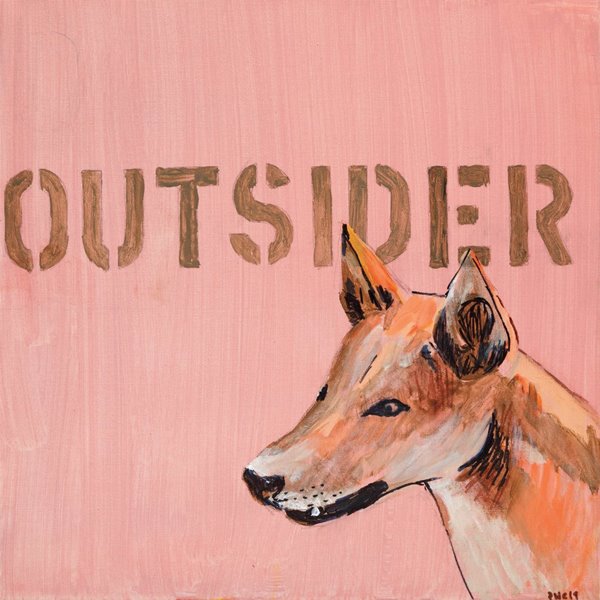
OUTSIDER. PETER WAPLES-CROWE
InsideOUT
PETER WAPLES-CROWE
Why am I constantly on the outside? Im so familiar with that position that its my go to, my stable, the way I see the world. Im on the outside of the queer community because of my Ngarigo identity and Im on the outside of the Aboriginal and Torres Strait Islander community because Im queer. The Elders, from my experience, really hate the word Queer, because it has so many negative connotations for older people; but Im really comfortable calling myself a queer Koori. I used to say gay but maybe gay is too soft or something. My thinking is queer and broader than just gay.

